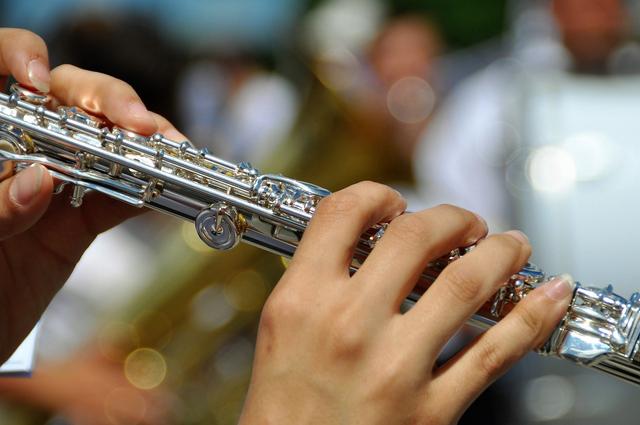Myths about teaching can hold you back
- Year 4
Changing the pitch of sounds
I can find patterns between the pitch of a sound and the length of the vibrating object.
- Year 4
Changing the pitch of sounds
I can find patterns between the pitch of a sound and the length of the vibrating object.
These resources were made for remote use during the pandemic, not classroom teaching.
Switch to our new teaching resources now - designed by teachers and leading subject experts, and tested in classrooms.
Lesson details
Key learning points
- Pitch describes how low or high a sound is, and can be measured using a sound meter to detect pitch.
- The unit for measuring pitch is hertz (Hz).
- Scientists look for patterns in sets of results to tell them how one thing affects another thing.
- Changing the length of the vibrating object can affect the pitch of the sound it produces.
Keywords
Pitch - Pitch is a measure of how high or how low a sound is.
Pattern - A pattern is a series of data that repeats in a recognisable way.
Affect - To affect something or someone is to change it or how it behaves.
Results - The results of a test or enquiry is what happened or what was found out.
Vibrating - Vibrating is when an object moves very fast from side to side.
Common misconception
Children may think that the volume of sound and the pitch of sound is the same thing, or that high sounds are loud and low sounds are quiet.
It is important to expose children to a wide range of high and low pitched sounds. Continue to make the distinction between volume and pitch throughout this lesson.
To help you plan your year 4 science lesson on: Changing the pitch of sounds, download all teaching resources for free and adapt to suit your pupils' needs...
To help you plan your year 4 science lesson on: Changing the pitch of sounds, download all teaching resources for free and adapt to suit your pupils' needs.
The starter quiz will activate and check your pupils' prior knowledge, with versions available both with and without answers in PDF format.
We use learning cycles to break down learning into key concepts or ideas linked to the learning outcome. Each learning cycle features explanations with checks for understanding and practice tasks with feedback. All of this is found in our slide decks, ready for you to download and edit. The practice tasks are also available as printable worksheets and some lessons have additional materials with extra material you might need for teaching the lesson.
The assessment exit quiz will test your pupils' understanding of the key learning points.
Our video is a tool for planning, showing how other teachers might teach the lesson, offering helpful tips, modelled explanations and inspiration for your own delivery in the classroom. Plus, you can set it as homework or revision for pupils and keep their learning on track by sharing an online pupil version of this lesson.
Explore more key stage 2 science lessons from the Introduction to sound unit, dive into the full primary science curriculum, or learn more about lesson planning.

Equipment
See additional materials for further guidance.
Content guidance
- Exploration of objects
Supervision
Adult supervision recommended
Licence
Prior knowledge starter quiz
6 Questions
Q1.Which of the following produce sounds?
Q2.How do our ears help us to hear sounds?
Q3.How do sounds travel through different mediums such as liquids, solids and gases?
Q4.How can using a sound sensor help people to understand noise pollution?
Q5.The away a sound is, the quieter it will be heard.
Q6.Which of the following materials are good sound insulators for a bedroom?
Assessment exit quiz
6 Questions
Q1.What does pitch tell us about a sound?
Q2.How can scientists measure pitch?
Q3.Scientists look for in results to tell them how one thing affects another thing.
Q4.What happens to the pitch of a straw if you cut it shorter and blow over the top?
Q5.What is the unit of measurement for pitch?
Q6.Which statement below do you agree with?





